Health & Nutritional Ingredients
about stevia
What is Stevia?
Stevia is a natural sweetener and sugar substitute derived from the leaves of the stevia plant, which is native to South America. The stevia plant is a small shrub that has been used as a source of natural sweetness for hundreds of years.
Each stevia leaf naturally contains sweet compounds called steviol glycosides.
Most glycosides are 200-450 times sweeter than sugar, heat-stable, pH-stable, and not fermentable.
The human body does not metabolize the steviol glycosides, making stevia a zero calorie sweetener.
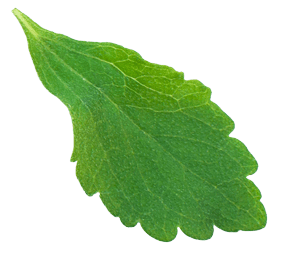
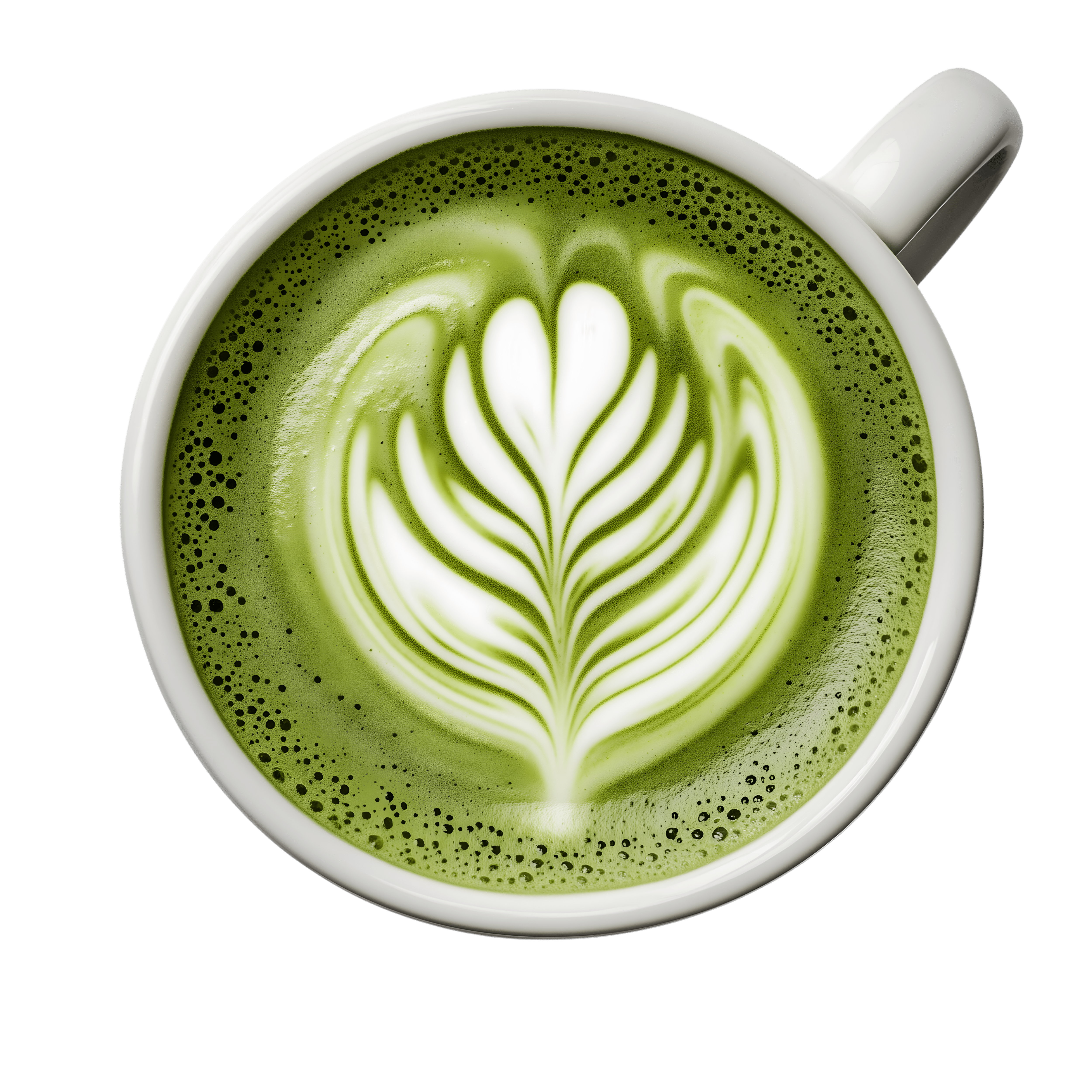
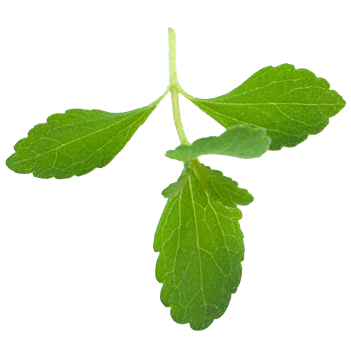
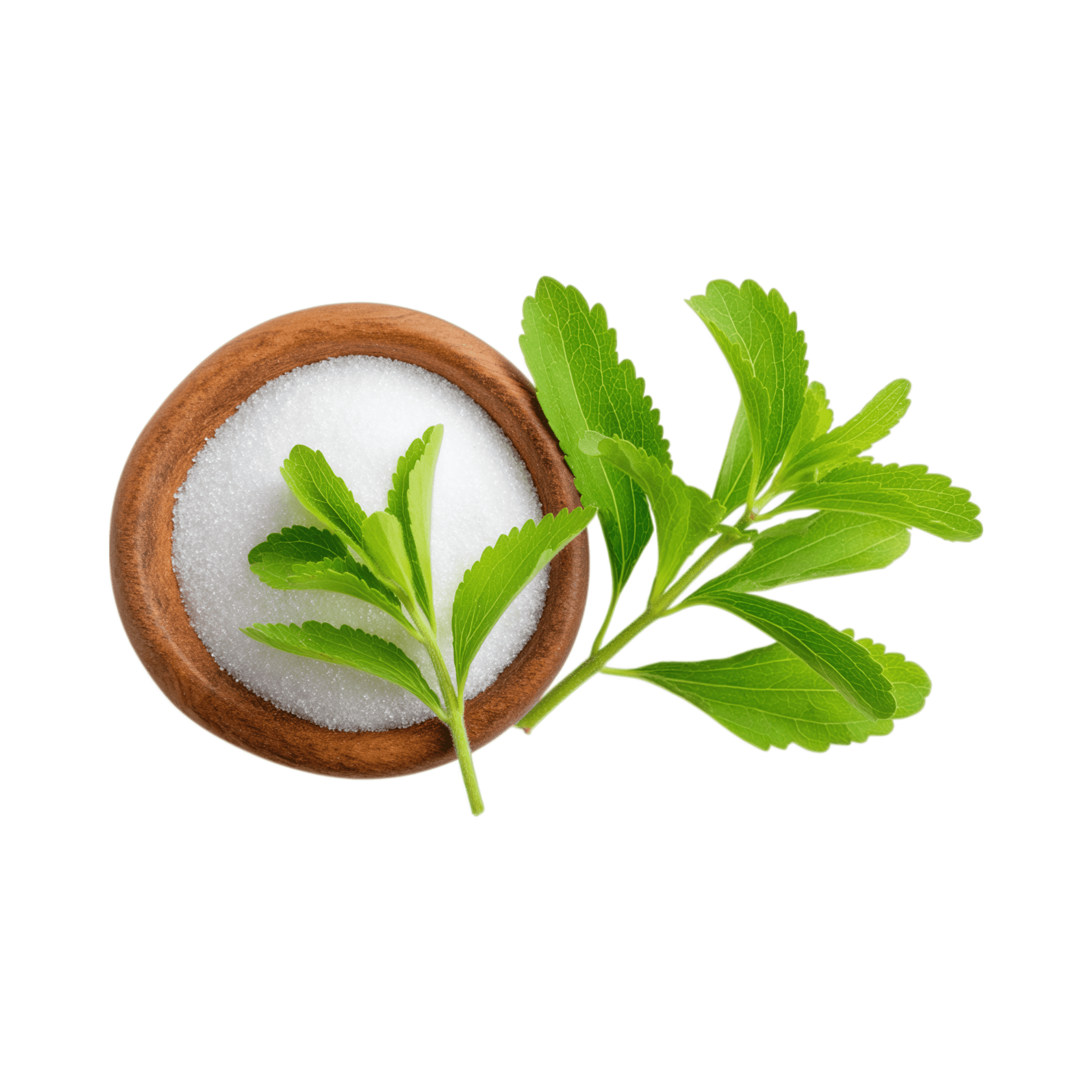
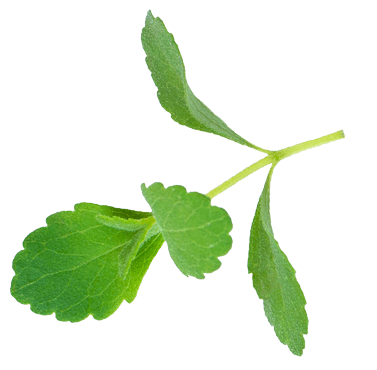
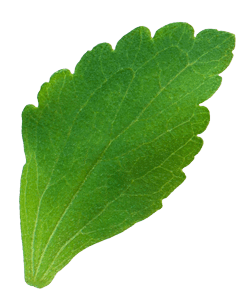
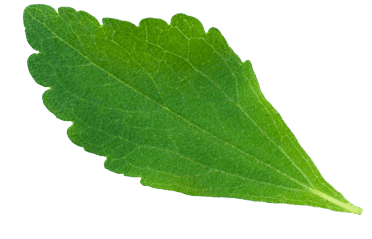
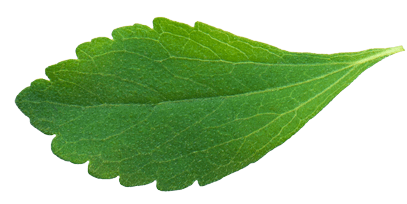
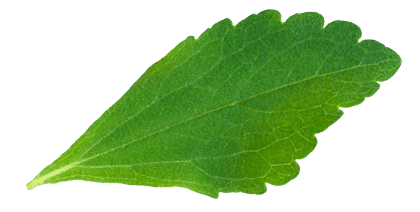
Sweetness
As the sweetness of stevia is 200-450 times that of sugar, it may also save food and beverage manufacturers somewhere between 40 – 70% in sweetener costs.
Plantations
HOWTIAN’s stevia is sourced from carefully managed plantations, which allows us to guarantee consistency and uniformity in the quality of our stevia leaf extracts.
The Story of Stevia
The History of Stevia
The plant stevia rebaudiana was first discovered by the indigenous people of Paraguay, who used the plant’s leaves to sweeten drinks for optimal taste. They called it Ka’a he’ê, which means ‘honey grass’.

Origins
People begin using stevia throughout South America, including Argentina and Brazil.
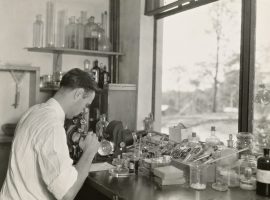
First Extract
Two French chemists successfully extract the sweet taste from the stevia plant.
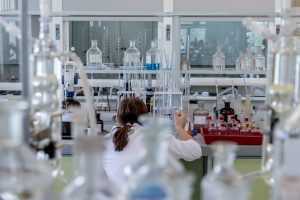
Stevia in Japan
In response to growing concerns about artificial sweeteners, Japan begins using stevia as a natural sugar alternative in food and drink products. Japanese scientists start to identify and isolate the specific sweet compounds — the steviol glycosides.
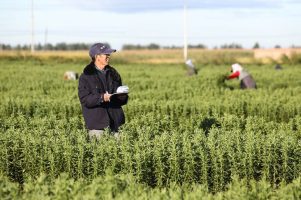
Introduction to China
A stevia variety which contains a high concentration of rebaudiosides is first introduced to farmers in China.
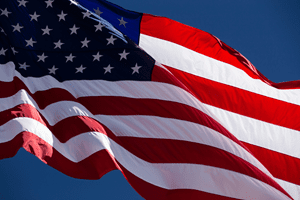
U.S. FDA Approval
The U.S. FDA approves stevia leaf extract, with minimum 95% total steviol glycosides, as a food additive that can safely be used in foods and drinks.
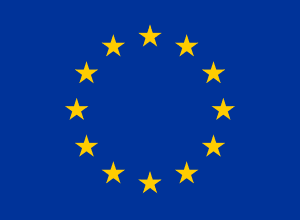
Europe Approval
Stevia extract is approved in Europe, as an available additive (sweetener) for foods and drinks.

Stevia Worldwide
Stevia goes global. The stevia plant is grown on four continents, with more than 85% of the global volume grown and extracted in China. Stevia is approved in almost 70 countries around the world. It is a popular choice for better-tasting, high-intensity sweeteners of natural origin.
about stevia
Regulatory Approvals of Stevia
Regulatory Agencies That Have Approved Stevia:
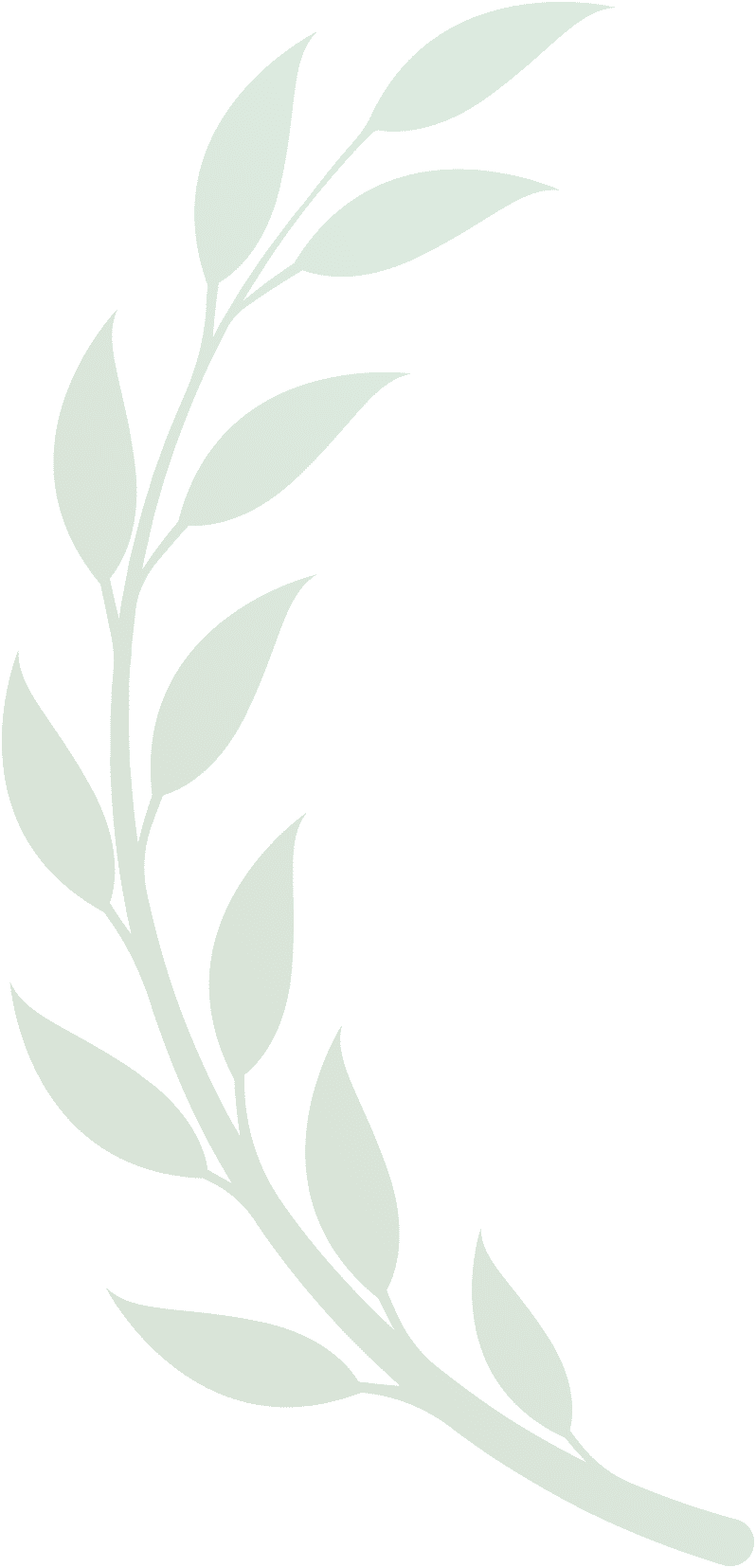
Agence Française de Sécurité Sanitaire des Aliments


Codex Alimentarius Commission


European Commission Food Standards Australia New Zealand


Health Canada Joint FAO/WHO Expert Committee on Food Additives


U.S. Food and Drug Administration

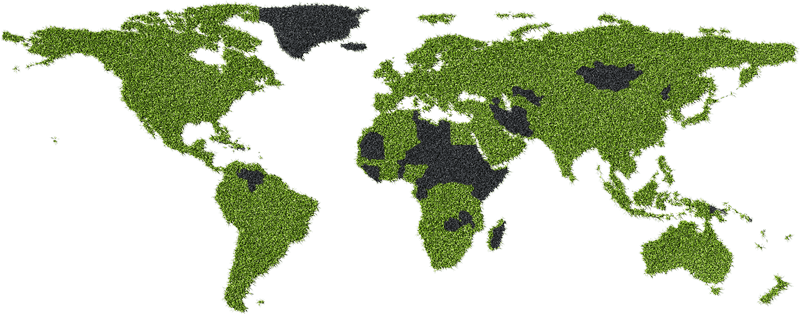
Map of Regulatory Approvals of Stevia
about stevia
How is stevia extracted through a natural process?
Stevia is a subtropical plant, which requires warm temperatures, sufficient rain, and lots of sunshine. It is a non-GMO crop. As the plant is very intensely sweet, it requires significantly less water, land, and energy to produce the same amount of sweetness compared to other well-known sweeteners and sugar alternatives. In optimal conditions, stevia may be harvested multiple times per year.
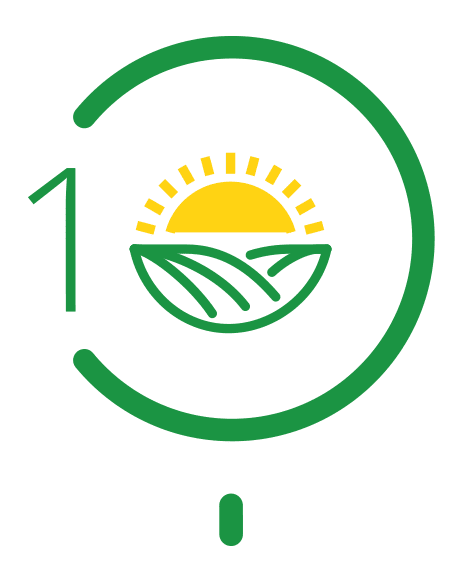
Farming and Drying the Leaves
Harvested stevia leaves are sun-dried to reach optimal conditions for natural extraction while retaining sweetness.
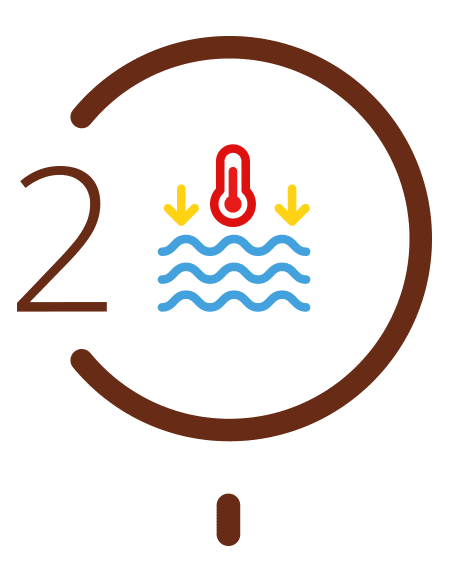
Steeping in Water
The first step of the natural extraction process, pulling steviol glycosides from the stevia leaf, is done by steeping dried stevia leaves into water.
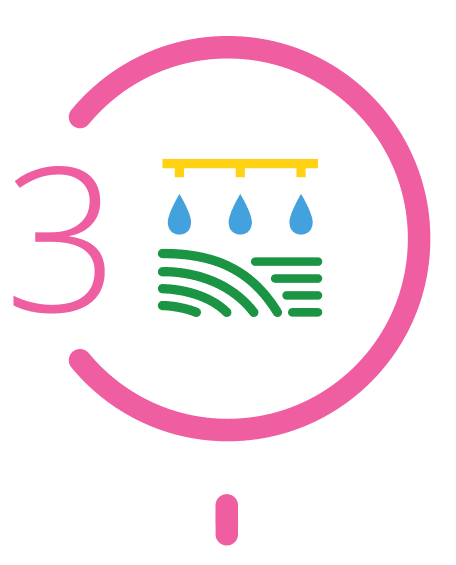
Primary Purification
In the next stage, water and alcohol are used to separate the steviol glycosides from other leaf components and any other potential impurities.
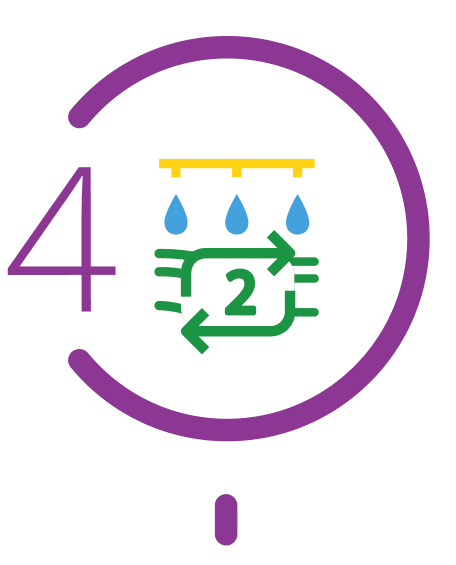
Secondary Purification
Once again, in the natural extraction process, water and alcohol are used to purify the different types of steviol glycosides from the primary extracts.
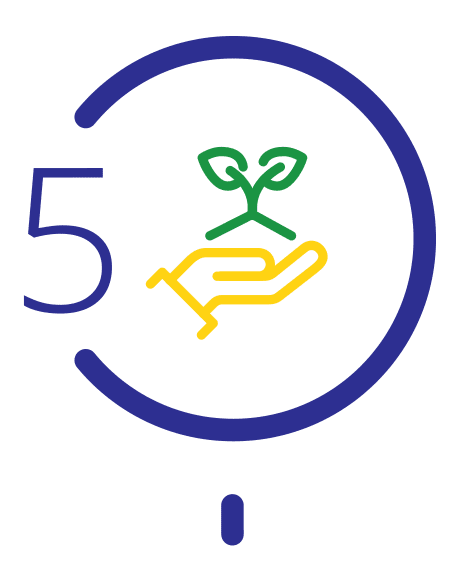
Finished Product
The end-product is dried, which forms a white or off-white fine powder.
